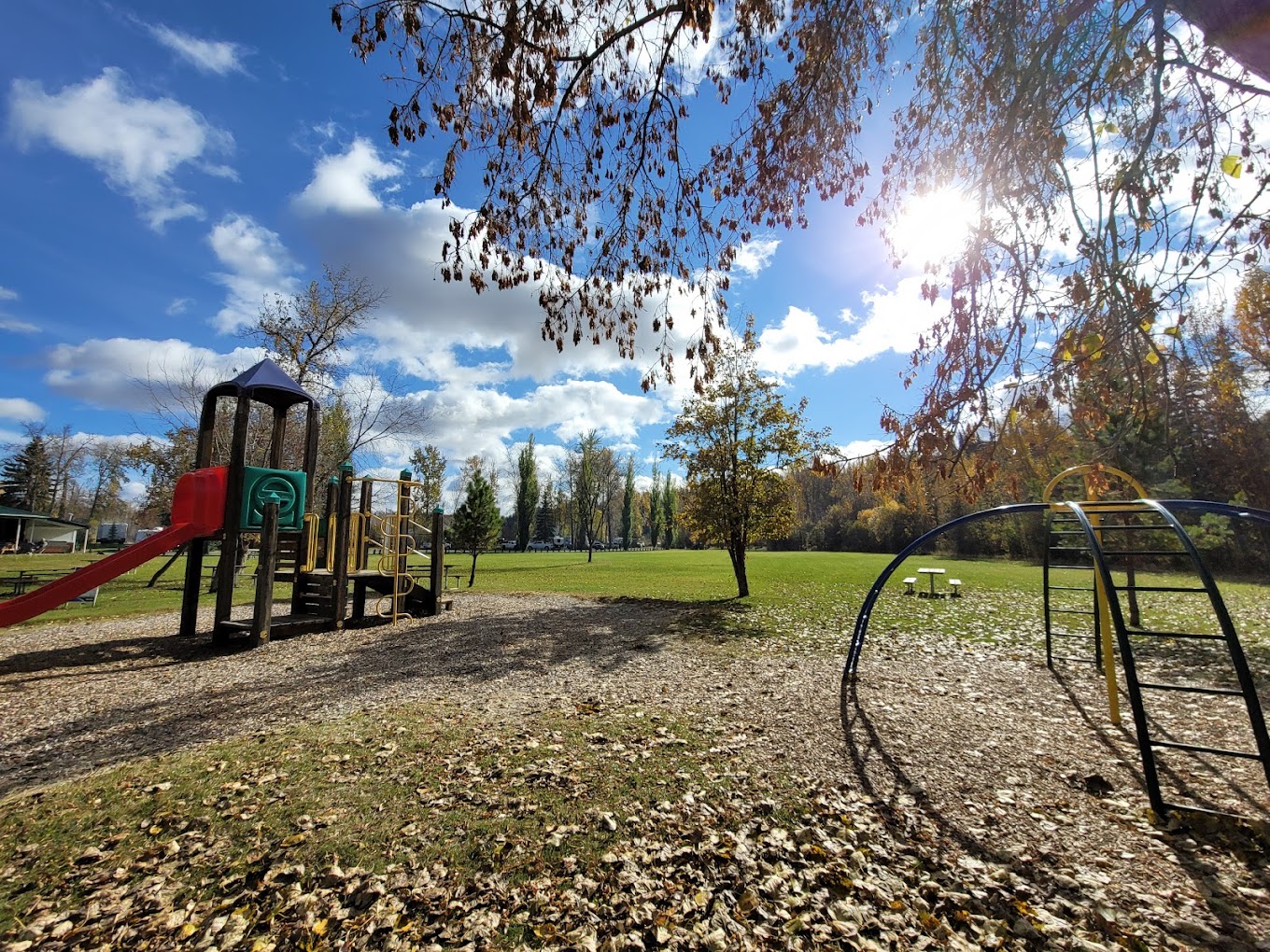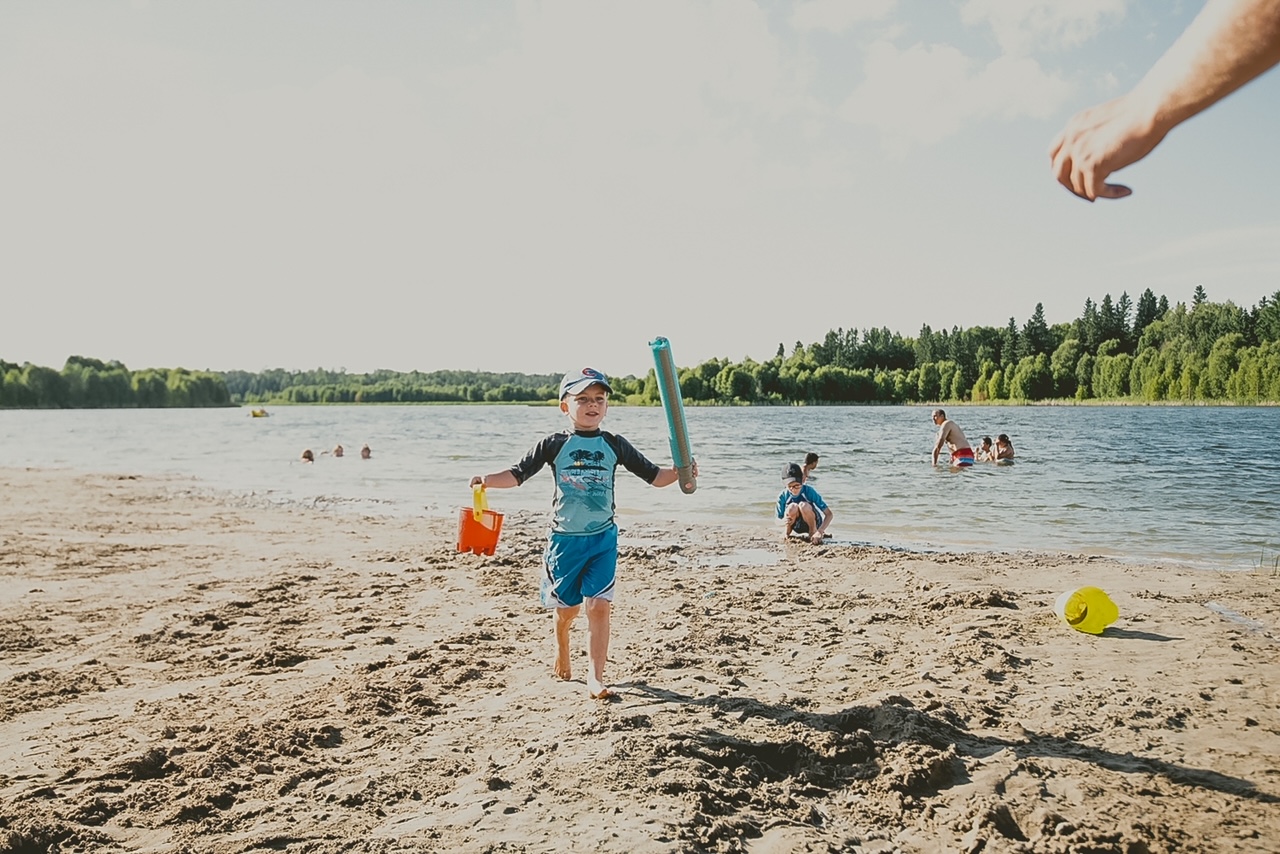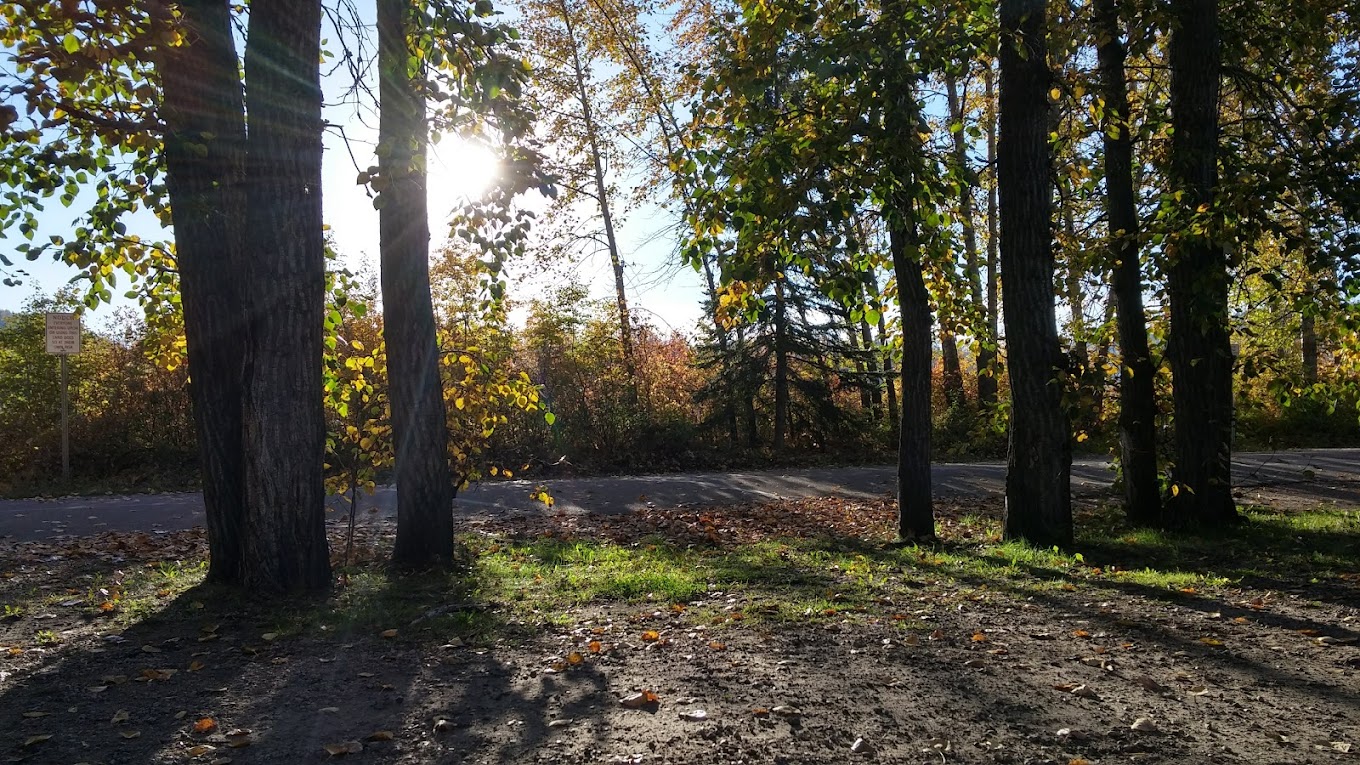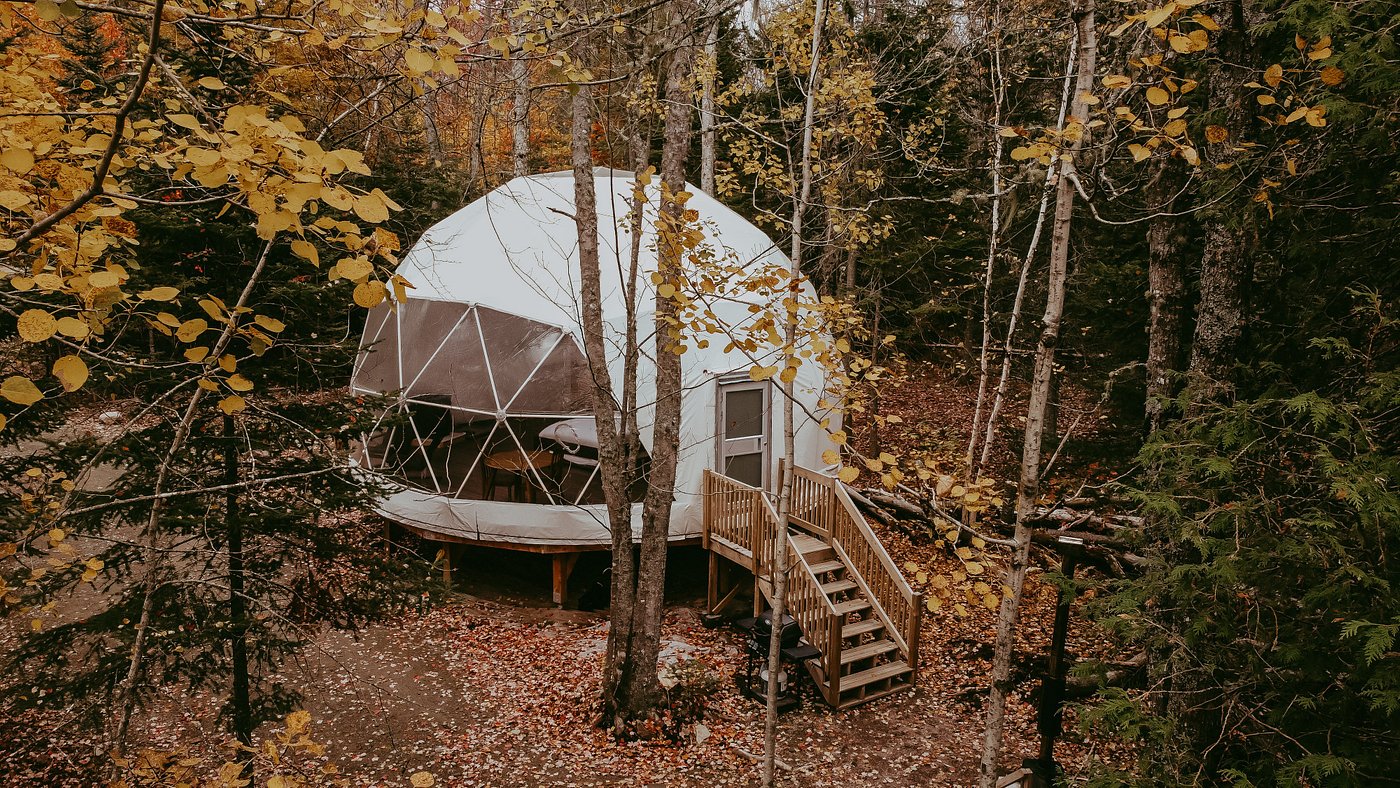Imagine you have a five-acre lot you would like to transform into a small campground. What considerations must be factored into your business plan to ensure a favorable camping experience (and successful business)? You will find some benefits and challenges in managing lot sizes, density, roadways, and accessibility to amenities while trying to keep up with trends in campground design. Here we will explore how to maximize your campground design and development budget for the best camping experience.
Balancing Camper Experience and the Realities of Small Campground Design
Campground planning requires many hours of preparation that will pay many dividends in the future. It is important your business plan is completed in advance before construction begins to ensure your development can sustain your overall vision. How can you balance the camper experience with the reality of a small campground design? Does your campground appeal to a niche market? Campers love the modern camping experience that includes water and power hookups, restrooms, firepits while simultaneously being connected with nature with access to hiking trails, incredible views, and other natural amenities. This juxtaposition leaves you trying to find a balance on how much land to clear while leaving enough for guest enjoyment.
The limitations of having limited camping area might mean creating value elsewhere in your campground design. For example, we all know Alberta’s camping season is incredibly short. Could you develop a niche campground that offers year-round amenities to serve a winter camping niche market? According to Dyrt 2023 Camping Report, 50% of RV campers are willing to camp during winter. Not only would this add an additional seven months of camping revenue per year, but you could also tap into the trending glamping market that offers heated geo domes. Your campground could offer the option to rent fishing shacks for fishing enthusiasts.
A Smaller Piece of Land Does not Mean Fewer Potential Issues
Your campground location will determine zoning and permits required to support your campground development. Many Alberta municipalities have campground design bylaws, regulations and standards that include a minimum and maximum size washroom facilities, water services and campsite dimensions. Other considerations may include undevelopable wetlands located on the property. Sometimes the wetland is not obvious until an environmental professional assesses the land. Setbacks often need to be changed to avoid developing a wetland on the property. Collaborating with a seasoned civil engineer to conduct a feasibility study is essential to determined if the land can support a busy campground. Rezoning a property is a time consuming but valuable process that involves an application, a public notice and hearing, a committee recommendation and legislative action before a final decision.

Devon Lions Campground located on the North Saskatchewan River in Devon, Alberta
Here are Some Challenges that will Come with Designing a Small Campground:
Waking up with a river running through your campsite is quite unpleasant. Stormwater management is essential to protect your campground from flooding even when space is limited. Slopes will create proper drainage so that rain that drain into the surrounding vegetation. Understanding drainage techniques will also help balance the amount of land that should be cleared for each campsite. Other stormwater management techniques include dry ponds which is designed to manage extreme rain flow events. In certain cases, a dry pond is the only viable option and devoting a space just for a rainfall event will seem wasteful when space is limited. Dry ponds can be incorporated into recreational greenspaces that adds to the camper experience. The right mix of recreational spaces will attract and retain new customers.
Parking space will be at a premium. Parking restrictions on the number of vehicles allowed per site could help deal with this issue. Overflow parking is another option to help minimize the amount of space required at each campsite.
Understanding behavior and the socio-economic status of your clientele will mean maximizing the right mix of designated RV sites with water, sewer and power hookups and tent sites with water access. You may also offer other desirable options such as pet-friendly cabins, solar powered domes, yurts, tree houses, rejuvenated trailers, remote-work destinations with internet access and RV camping rentals.
Boat ramps are great for lake access. There are a few things to consider when building a boat ramp. What type of boats will be used? Is there another ramp available nearby? How often will the boat ramp be used? Does your target market own boats? What is your budget? Will the country allow a permit for a boat launch?

Spring Lake RV Campground located at Spring Lake near Stony Plain, Alberta
Benefits of Designing a Small Campground
The camping experience has changed drastically over the years and is no longer reserved for the hardcore survival camping purists. On the other end of the spectrum of survival camping is glamping. Glamping is camping with all the comforts of modern society blended with a majestic natural experience (i.e., see Half Moon Lake Lake Resort Glamping Domes or Glamp Good in Wetaskiwin, Alberta). Glamping has really gained traction in the last few years as it reduces the barriers to camping for those who want to camp but do not have the RV or camping equipment, etc. While the campground designs options are endless, your main goal for a smaller campground design is to avoid redundancy and unusable spaces. A greenspace can be used as a communal picnic space, movie nights and themed daytime activities in addition to serving as a functional dry pond for extreme weather events.
From a financial perspective, smaller campground design can be more cost-effective. The costs associated with maintaining a campground, such as landscaping, waste management, and utilities, can be significantly reduced with a smaller design.
Furthermore, smaller campgrounds can be more efficient to operate. With fewer campsites to manage, campground staff can cater to more specific demographics and niches. With a small campground design and a smaller footprint, the focus can be on the camping experience. The “more is more approach” in a small campground site can be detrimental to the camping experience. Do not underestimate the value of a positive camping experience. People are always willing to pay more for a positive camping experience. Designing a small campground that offers niche services and amenities (i.e., winter glamping domes or van life) will allow you scale your campground business and evolve with the ever-changing camping trends.

Devon Lions Campground located by the North Saskatchewan River in Devon, Alberta
Opportunities for Profit Maximization through Small Campground Design
Other trends to be mindful of is incorporating technology into the camping experience. Satellite phones, GPS trackers and internet access (i.e., Starlink) for RVs have been popping up more frequently. Younger generations prefer structured group activities with friends and family over spending time in solitude. A devoted multi-purpose social space for medium to larger groups would cater all generations. Catering to a specific niche such as glamping and group camping spaces with structured activities can lead to higher levels of customer satisfaction, which can in turn boost repeat visitation and revenue.

Glamping with Glamp Good in Wetaskiwin, Alberta
Where to Start with Your Small Campground Design Project
Having worked on numerous campground developments and campground expansions in various locations throughout Alberta, Bolson Engineering and Environmental Services has gained substantial experience and expertise in the field. We have come to realize that campground design elements are not universal, but rather depend on several factors, such as the specific location, the size of the property, and the topography of the land.
One of our most recent projects involved collaborating with the owner of Half Moon Lake to expand their seasonal camping lot section. This endeavor posed a fresh set of challenges, both in terms of design and regulations. However, as experienced professionals, we are confident in our ability to navigate these obstacles and ensure a successful expansion that adds significant value to your future campground development.
At Bolson Engineering, we prioritize the satisfaction and success of our clients. We understand the importance of creating a high-quality campground design that not only aligns with your vision but also caters to your business goals and enhances the overall camper experience. We believe that effective communication is the key to achieving this, which is why we encourage you to give us a call and share your vision with us. We would be more than happy to discuss the details of your project and provide you with the support you need to bring your vision to life.

